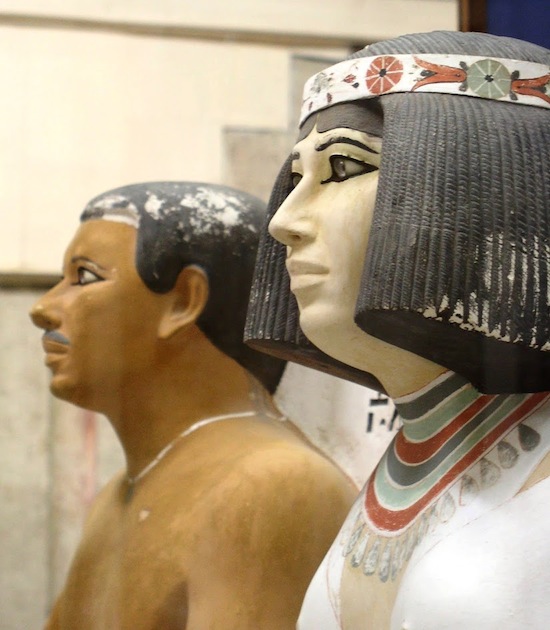flacaltenn
Diamond Member
The Ancient Egyptian on the right looks White.

Gotta separate artistic license from evidentiary re-creation. They LOOK Middle Eastern, but without knowing the context of those statues --- means nothing.
I believe the Egyptians Dynasties probably integrated heavily with lower Africa. Maybe started out that way. But ANY empire like that has legions of workers, soldiers, intellectuals from the far reaches of their empire and their trading sphere.
 Could be wrong. Now you just sound bitter and angry. Which might be your normal state. ALL of the Tanzanian history record is just RACIST.. And there's NO evidence because it was never valuable to "white people".. Listen to yourself.. Go dig under that tree where the "wise men" said the kiln was. Don't blame Whitey or the internet for lack of a single PHYSICAL piece of evidence.
Could be wrong. Now you just sound bitter and angry. Which might be your normal state. ALL of the Tanzanian history record is just RACIST.. And there's NO evidence because it was never valuable to "white people".. Listen to yourself.. Go dig under that tree where the "wise men" said the kiln was. Don't blame Whitey or the internet for lack of a single PHYSICAL piece of evidence.






